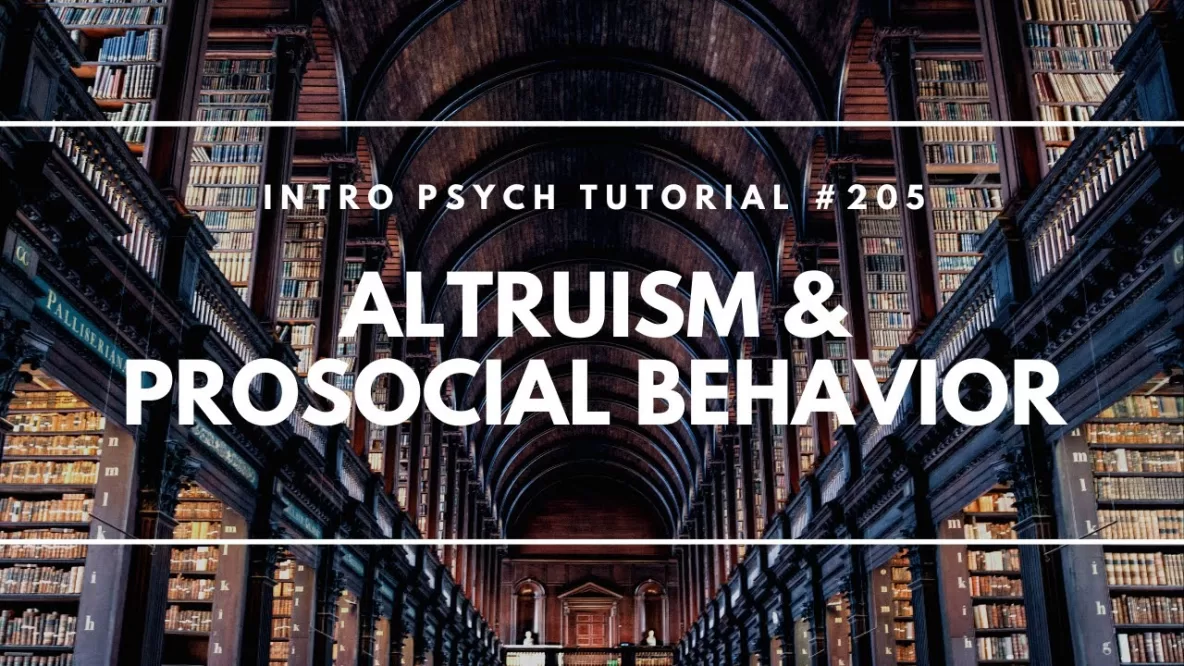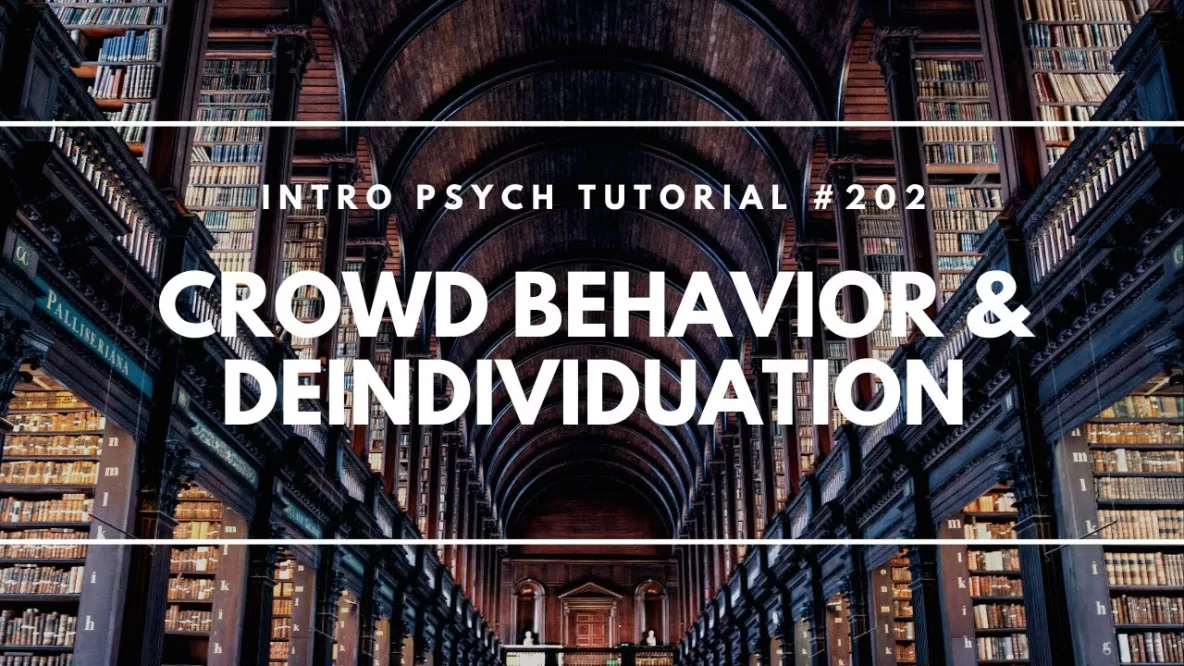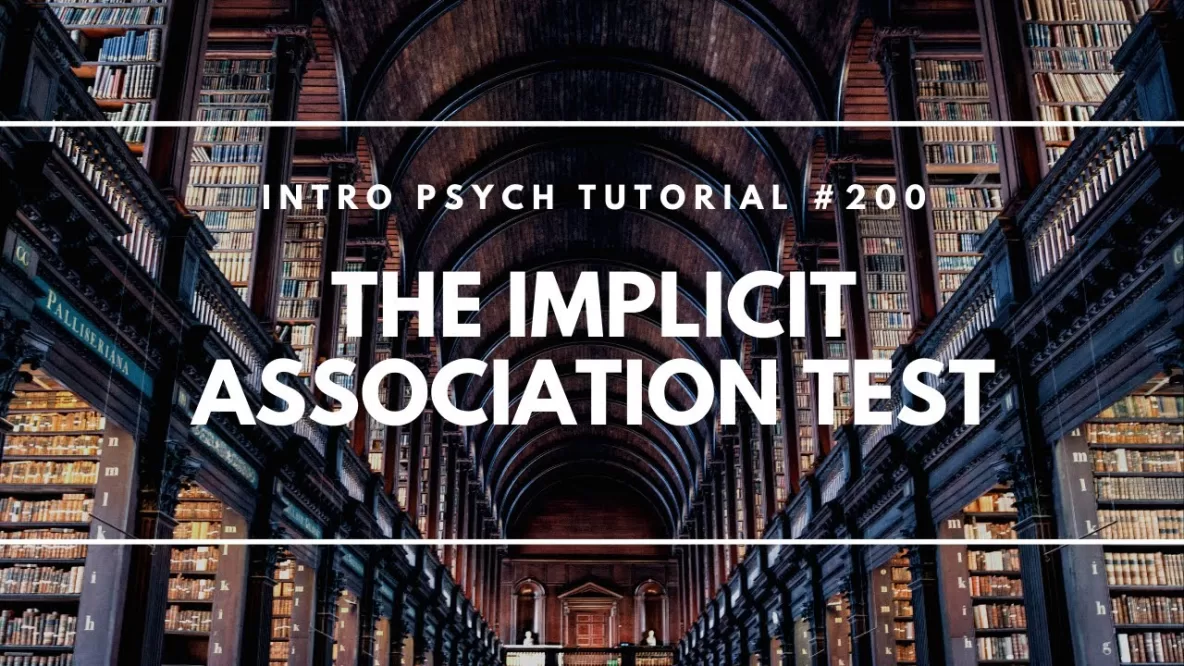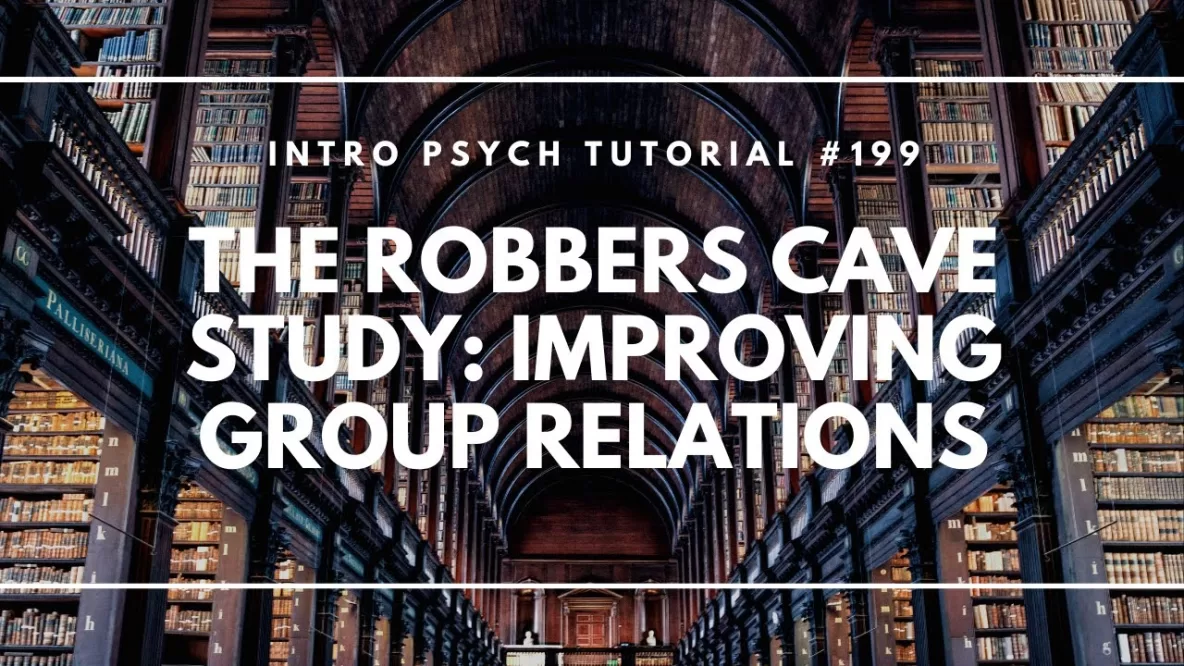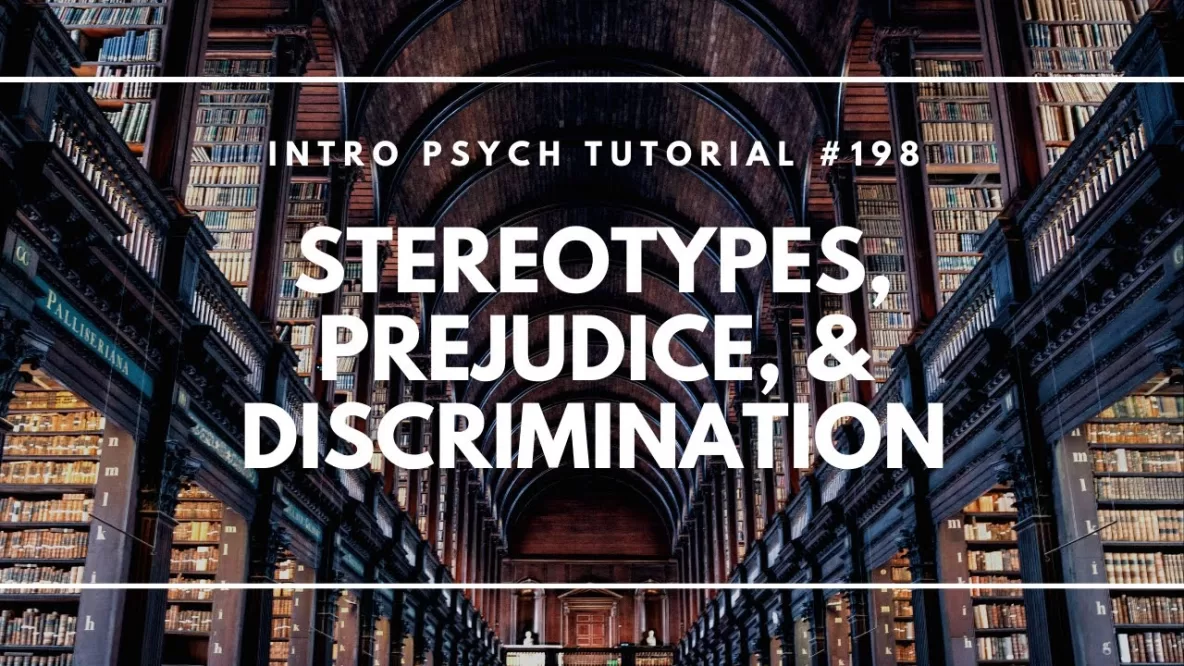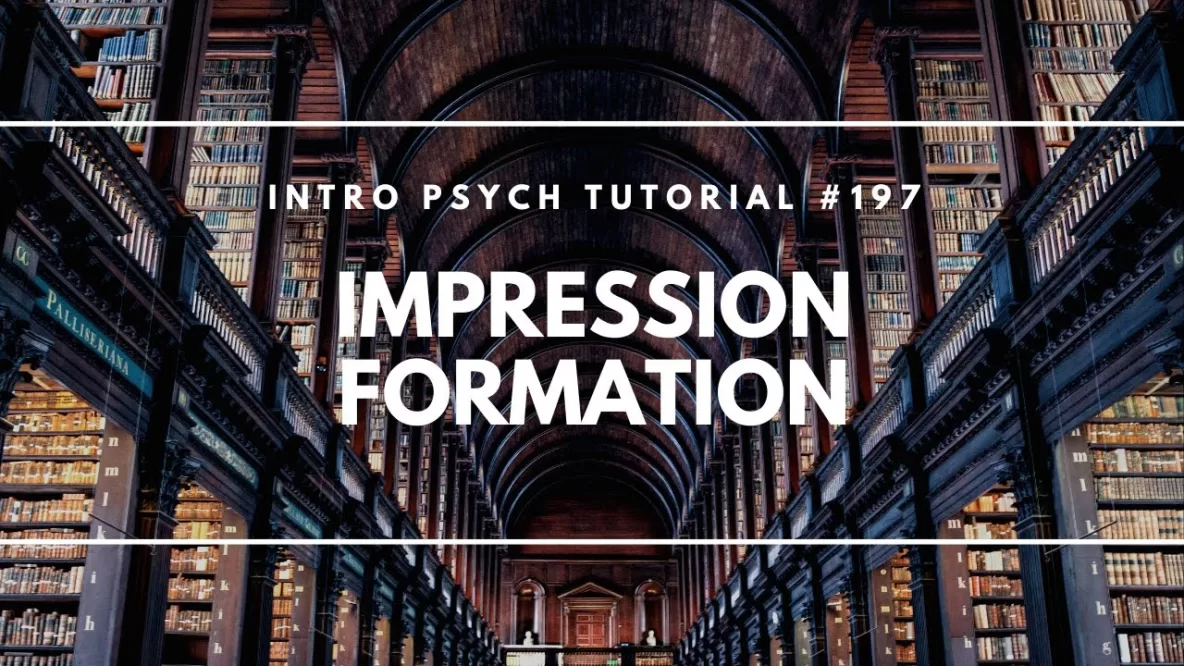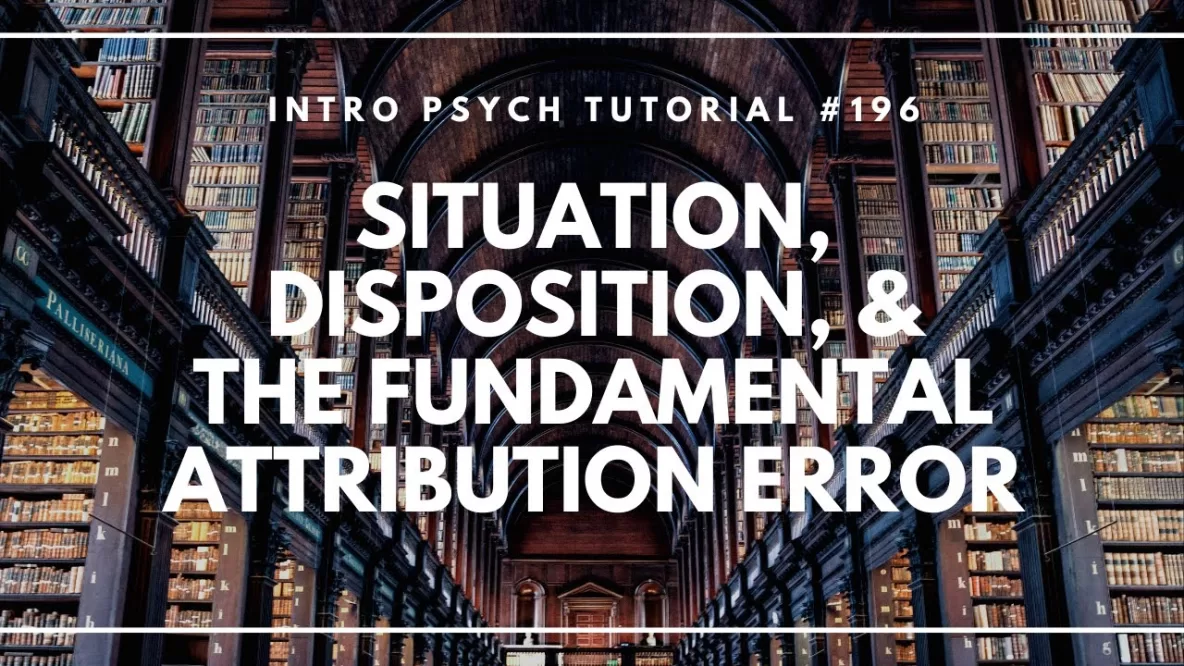In this video I discuss how prosocial behavior is a commonplace but important part of life and we shouldn’t forget that every day billions of people come together and help one another. What explains this altruistic behavior? Kin selection theory … Read More
The Stanford Prison Study
In this video I discuss the Stanford Prison Study conducted by Philip Zimbardo and colleagues at Stanford University. Psychologically-healthy college-aged male participants were randomly assigned to the roles of prisoners and guards for a 2 week study. The prisoners were … Read More
Crowd Behavior & Deindividuation
In this video I describe how crowds can encourage behaviors that individuals might not engage in alone. Part of the explanation for the emergence of behaviors like looting, theft, destruction, and violence in crowds in deindividuation. Deindividuation refers to a … Read More
Group Polarization
In this video I describe how group opinions and decisions can differ from those of the individuals who make up the group. Group polarization refers to the tendency of groups to become more extreme and more polarized than the original … Read More
The Implicit Association Test
In this video I discuss the implicit association test (IAT) as well as some of the controversies surrounding interpretations of results and widespread use of the test. Negative attitudes may not always be directly expressed and the implicit association test … Read More
The Robbers Cave Study – Improving Group Relations
In this video I discuss Muzafer Sherif’s well-known field experiment on the reduction of group conflict conducted at Robbers Cave State Park in Oklahoma. In this study, two groups of boys, the Eagles and the Rattlers, were put into competition … Read More
Stereotypes, Prejudice, & Discrimination
In this video I discuss how our tendency to use heuristics, shortcuts, and assumptions to fill in the gaps in our knowledge reveals our reliance on stereotypes to understand the world. These can lead us to prejudice or discrimination when … Read More
Impression Formation
In this video I discuss how we form impressions of others and how quickly and accurately we are able to form impressions. Thin slices theory suggests that we’re able to form impressions fairly quickly, though it’s unclear if these first … Read More
Situation, Disposition, & the Fundamental Attribution Error
In this video I consider how we explain the causes of events and behaviors and whether we focus on disposition or situation. The Fundamental Attribution Error suggests that we have a tendency to focus on dispositional explanations and ignore situational … Read More
Attractiveness
In this video I discuss attractiveness. I begin by discussing the halo effect; the idea that physically attractive people are often perceived as having other positive qualities such as being smarter or more outgoing. Next I consider which physical traits … Read More

